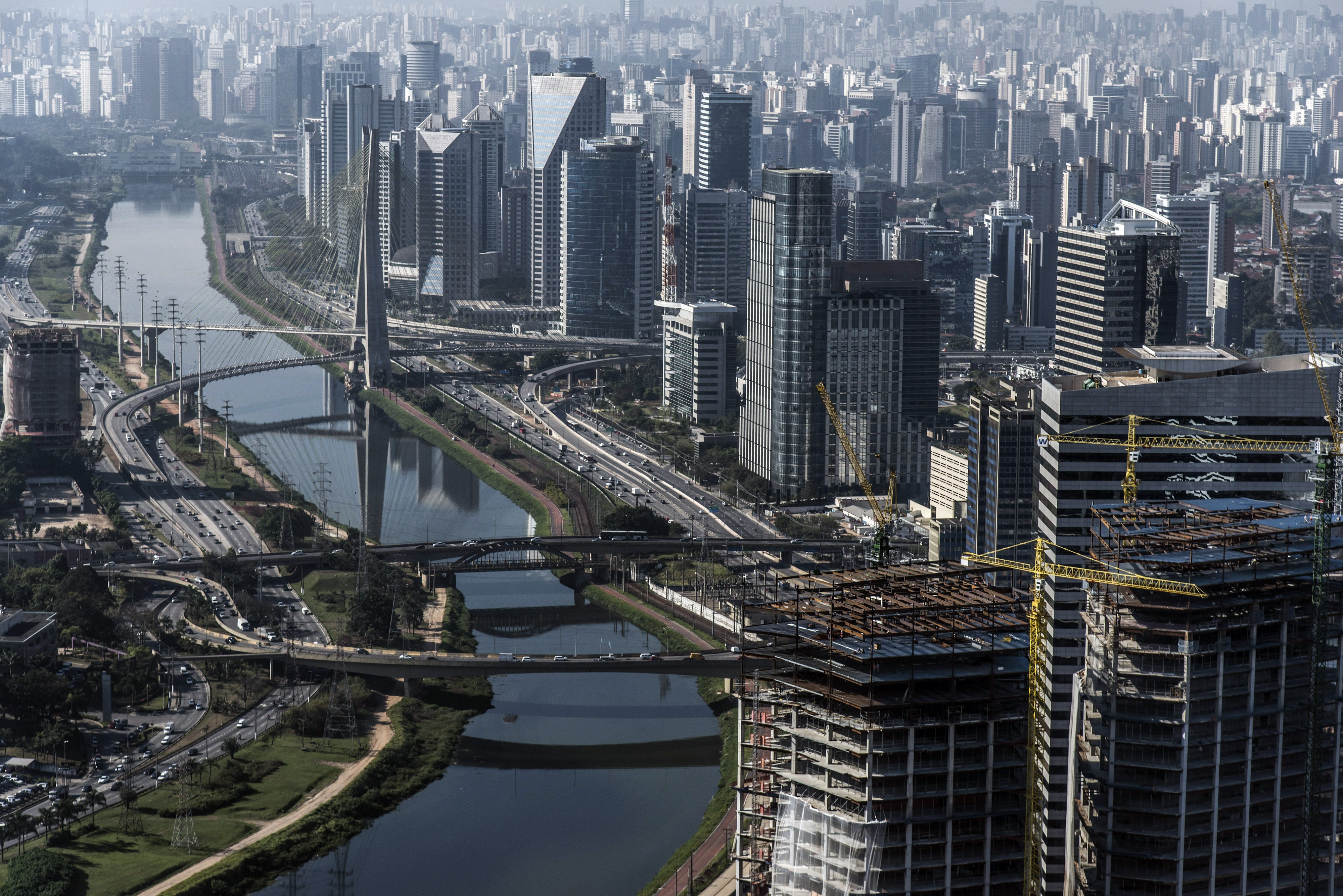This guest article was written by Albert Goldson who is the Managing Director of Indo-Brazilian Associates LLC.

Albert Goldson
A broker handling the Latin American market must acquire not only knowledge but a unique mindset for the region, which comprises of many independently moving parts not necessarily in sync – socially, politically or economically - with one another. On the one hand, Venezuela is an autocracy with hyperinflation on the brink of massive civil unrest, while Brazil and Argentina are slipping into a severe recession and are in political turmoil. On the other hand, Chile and Panama are enjoying a prosperous free market, with the latter reveling in an economic boom.
A Diverse Region with Unique Challenges
Latin America, which refers to the Spanish–speaking countries in the region (if you add Brazil then one would refer to the region as South America) is not a monolithic region, rather a highly diverse one which presents unique challenges each with its own unique history and development as an economic and financial market. Unlike the 28 European Union countries which use a common currency that promotes a certain level of economic stability, each Latin American country has its own currency, fiscal policies and its specific relationship to the US dollar.
Insufficient Economic Diversification
Additionally, many of these countries lack economic diversification and are highly dependent on commodities which are susceptible to sudden shocks, such as the one caused by the recent sudden drop in demand from China. Despite many similarities, most South American countries suffer from “the curse of geography” such as the Amazon and mountain ranges that hinder trade between them and increase inter-regional transportation costs considerably. For this reason South American countries have greater external trade than within the region.
The broker’s clientele will be exclusively the wealthy consisting of the political and business elite
Middle Class in a Feudal Structure
Historically and culturally, despite the economic booms during the 00s that lifted millions of South American citizens into the middle class, many countries economically and socially operate as feudal structures, a powerful carry-over from the colonial era, ruled by an ethnic European elite. With respect to the non-European population, many of the indigenous and mixed-race citizens have achieved middle class status. “Middle Class” in this region, like many in emerging markets worldwide, are classified as such because for the first time they have items that even the American and European underclass possess: indoor plumbing, washing machines, clean running water and perhaps a car.
Limited Client Scope for Brokers
For this reason, the broker’s clientele will be exclusively the wealthy consisting of the political and business elite. This group seeks to protect their investments and profits and strongly prefers US dollar or euro-denominated financial instruments, including in real estate particularly in the US.
Although there are laws with respect to industry investments, these laws heavily favor domestic industries. And oftentimes the laws are Byzantine and contradictory making them (deliberately) open to interpretation. Laws are written in such a way that they can never be broken, only bent. For this reason, should a contract require local jurisdiction, the court judgment may not be fair, however legal. In sum, brokerage in South America is more of an art than a technical profession.

















